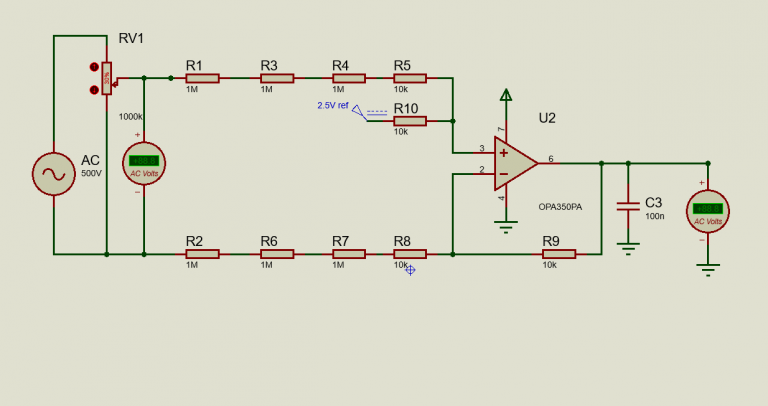

- CIRCUIT CODER TEST 3 INSTALL
- CIRCUIT CODER TEST 3 SOFTWARE
- CIRCUIT CODER TEST 3 PC
- CIRCUIT CODER TEST 3 SIMULATOR
CIRCUIT CODER TEST 3 SOFTWARE
All the basic Hardware and Software requirements are previously discussed, you can look it up in the Raspberry Pi Introduction. Here we are using Raspberry Pi 3 with Raspbian Jessie OS.
CIRCUIT CODER TEST 3 INSTALL
Other than that we need to install GPS Daemon (GPSD) library, 16x2 LCD Adafruit library, which we install later in this tutorial.
CIRCUIT CODER TEST 3 PC

Charlie first applies a Hadamard gate to the first qubit, which creates superposition and we get the state: Where the qubit to be sent to Alice is labeled with $A$ and the qubit to be sent to Bob is labeled $B$. This is the entangled state (Bell pair) we mentioned earlier. He then applies CNOT gate ($CX$) using the first qubit as a control and the second as the target. He applies Hadamard gate ($H$) to the first qubit to create superposition.

He initially starts the 2 qubits in the basis state $|0\rangle$. Two qubits are prepared by Charlie in an entangled state. The process starts with a third party, who we'll call Charlie. The teleportation protocol can be thought of as a flipped version of the superdense coding protocol, in the sense that Alice and Bob merely “swap their equipment.” Superdense coding is a procedure that allows someone to send two classical bits to another party using just a single qubit of communication. In other words, we can say it is a protocol that destroys the quantum state of a qubit in one location and recreates it on a qubit at a distant location, with the help of shared entanglement. Quantum teleportation is a process by which the state of qubit ($|\psi\rangle$) can be transmitted from one location to another, using two bits of classical communication and a Bell pair. Quantum teleportation and superdense coding are closely related, to avoid confusion we need to clarify the difference. The Difference between Superdense Coding and Quantum Teleportation Superdense Coding on a Real Quantum Computerġ.Simulating the Superdense Coding Protocol.Superdense Coding and Quantum Teleportation.
CIRCUIT CODER TEST 3 SIMULATOR
We first use Qiskit's simulator to test our quantum circuit, and then try it out on a real quantum computer. This notebook demonstrates the Superdense Coding (SDC) protocol. Quantum Simulation as a Search AlgorithmĮstimating Pi Using Quantum Phase Estimation Algorithm Grover's search with an unknown number of solutions Investigating Quantum Hardware Using Microwave PulsesĮxploring the Jaynes-Cummings Hamiltonian with Qiskit Pulse Introduction to Quantum Error Correction using Repetition Codes Investigating Quantum Hardware Using Quantum Circuits Solving the Travelling Salesman Problem using Phase Estimation

Quantum Edge Detection - QHED Algorithm on Small and Large Images Quantum Image Processing - FRQI and NEQR Image Representations Implementations of Recent Quantum Algorithms Hybrid quantum-classical Neural Networks with PyTorch and Qiskit Solving Satisfiability Problems using Grover's Algorithm Solving combinatorial optimization problems using QAOA Solving Linear Systems of Equations using HHL Classical Computation on a Quantum Computer


 0 kommentar(er)
0 kommentar(er)
